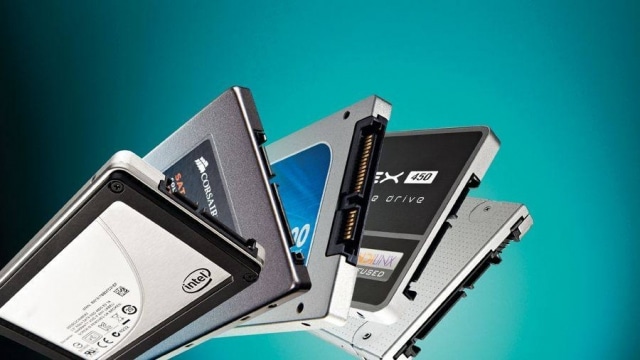More and more people are using solid-state drives(SSD) instead of mechanical ones today, because of the most obvious advantage: they are much faster!
However, many folks also experience data loss on SSD. in a fact, data recovery on SSD is more complicated than mechanical hard disks. in addition, as a result of similar “Trim” function, the success rate of SSD data recovery is lower than the mechanical hard disk.
But don’t worry, this article will show you what are the SSD, the advantages and disadvantages of SSD, and how to use iFinD Data Recovery to recover the lost data on SSD. Save your losses as much as possible!
Part 1:What is the SSD

The full name of SSD is the solid-state drive, It is a storage device that differs from the HDD.
- No mechanical structure inside.
- mainly USES flash memory as a permanent memory.
Advantages of SSD:
- No process of motor acceleration rotation.
- No magnetic head and random reads are very fast.
- SSD has a relatively fixed reading speed. because the addressing time is independent of the data storage location, disk fragmentation will not affect the reading time.
- The writing speed of SSD is fast (based on DRAM), and the I/O operation performance is good, as a result, the performance of the system can be significantly improved.
- No noise.
- Low energy consumption and low heat under working condition.
- Low probability of mechanical errors moreover is not afraid of collision, impact, and vibration.
- The working temperature range is large.
- Small physical size.
The disadvantages of SSD:
- High cost and low capacity.
- Compared with the mechanical hard disk, SSD is more likely to receive some adverse effects of external factors. for example, power failure, magnetic interference, static electricity and so on.
- Writing lifetime is limited. (based on flash memory)
- Data is difficult to recover after the hardware failure.
Part 2:What should I do if the data on SSD is lost?
Step1:You should stop using the computer immediately, because if you continue to use it, no matter if you don’t read or write SSD, the system may have already done the reading or writing, especially when the computer is infected by viruses or rogue software.
Step2:Downloading iFinD Data Recovery,This is a professional data recovery software, which has special optimization Features for SSD
Part 3:How to use data recovery software to recover SSD data in 3 Steps
Step1: Downloading and installing the software. most importantly, Don’t download the software and install it in the SSD.
Step2: If the Partition is normal, select Lost File Recovery, on the other hand, you can’t find it, select Lost Partition Recovery.
Step3: Scanning complete, find the files that need to be recovered, save them in other locations locally, most importantly, Don’t save them in the SSD that is being restored.
Through the above article, we have understood the function, advantages and disadvantages of SSD. Now you know how to recover the lost data on SSD. Hoping it can help you to restore all your files back!

Andy is an editor of the iFinD Team. She worked in this big family since her graduation. Her articles mainly focus on data backup and recovery, disk cloning, and file syncing, committed to resolving the data loss issues users may encounter on their PCs. Besides, more related computer articles are shared here.

